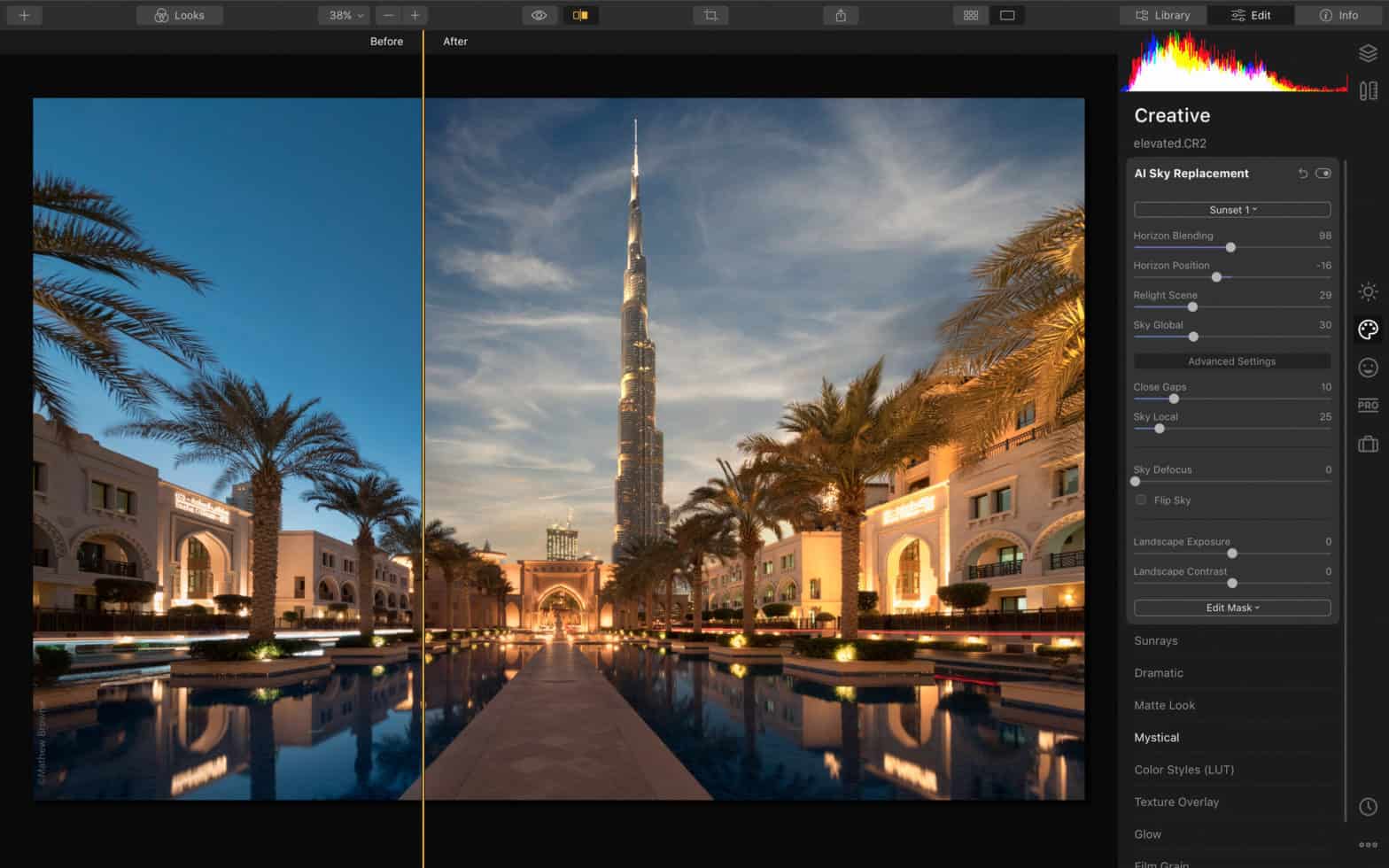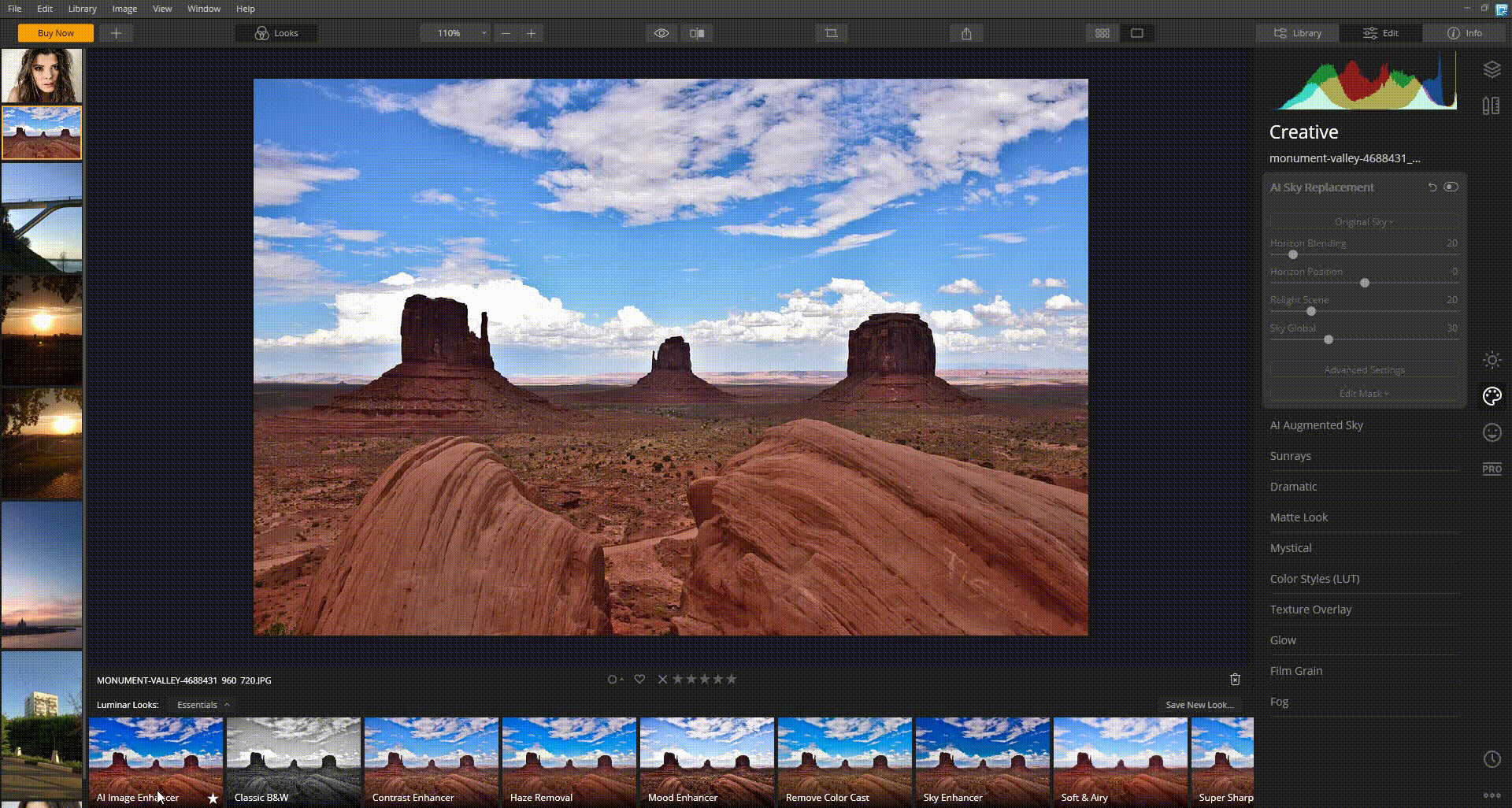

Photo editors have some control over the edits, including sliders to adjust the brightness and temperature, as well as adjusting the size and placement of the sky in order to have precise control over how the sky aligns with the rest of the image. For example, adding a sunset sky will make the rest of the image look like it was actually taken at sunset by adding more warm tones.

Sensei uses the tones in the sky image to inform adjustments to the rest of the image. automatically separates the sky from the rest of the image, including cutting out any objects protruding into the sky such as people and architecture.īut Sensei will also work to help prevent the swap from looking like a bad copy-paste job. system, reduces the time spent on the traditional method of swapping out a sky in two major ways. A new panel will list included sky presets to use and an add button at the bottom allows photographers to upload their own images of a sky to use instead - since if everyone starts using the same skies in their photos, the pattern of clouds could even start to feel familiar.Īdobe Sensei, Adobe’s A.I. In the video demonstration, choosing the Sky Replacement tool from the edit menu opens up a window designed for the task.

The tool, however, is one of the few times Photoshop hasn’t been first to a feature, as competing photo editor Luminar already has had a similar tool for some time now. In a teaser video released on Monday, Photoshop shared a sneak-peek into Sky Replacement, an upcoming tool that automatically swaps out the sky for one from a preset or an original sky image.


 0 kommentar(er)
0 kommentar(er)
